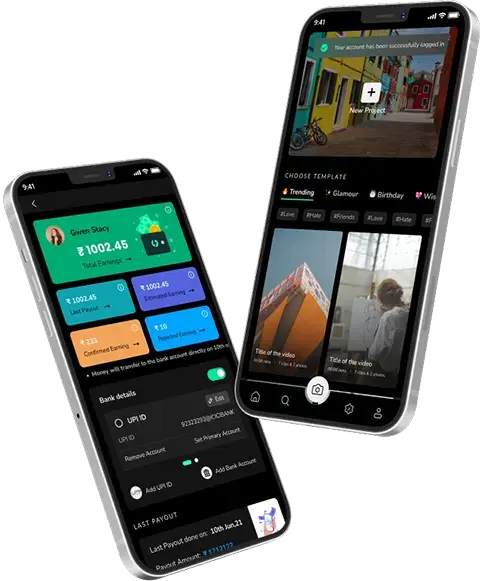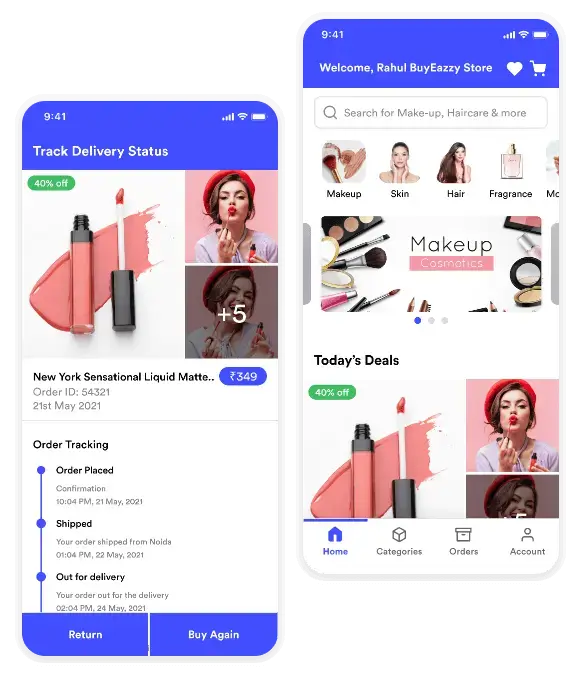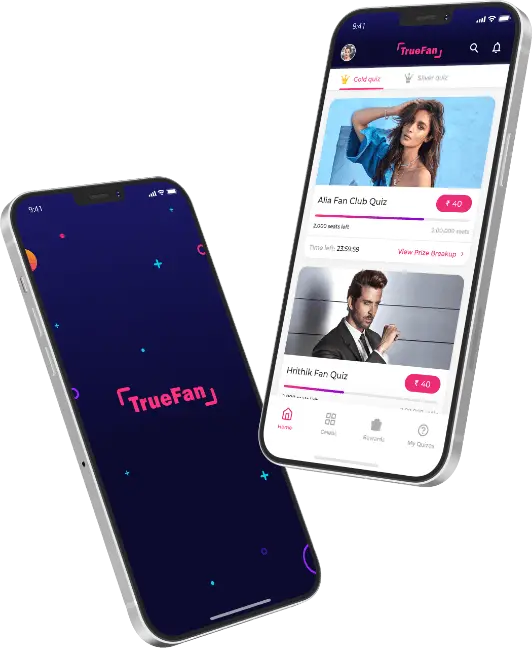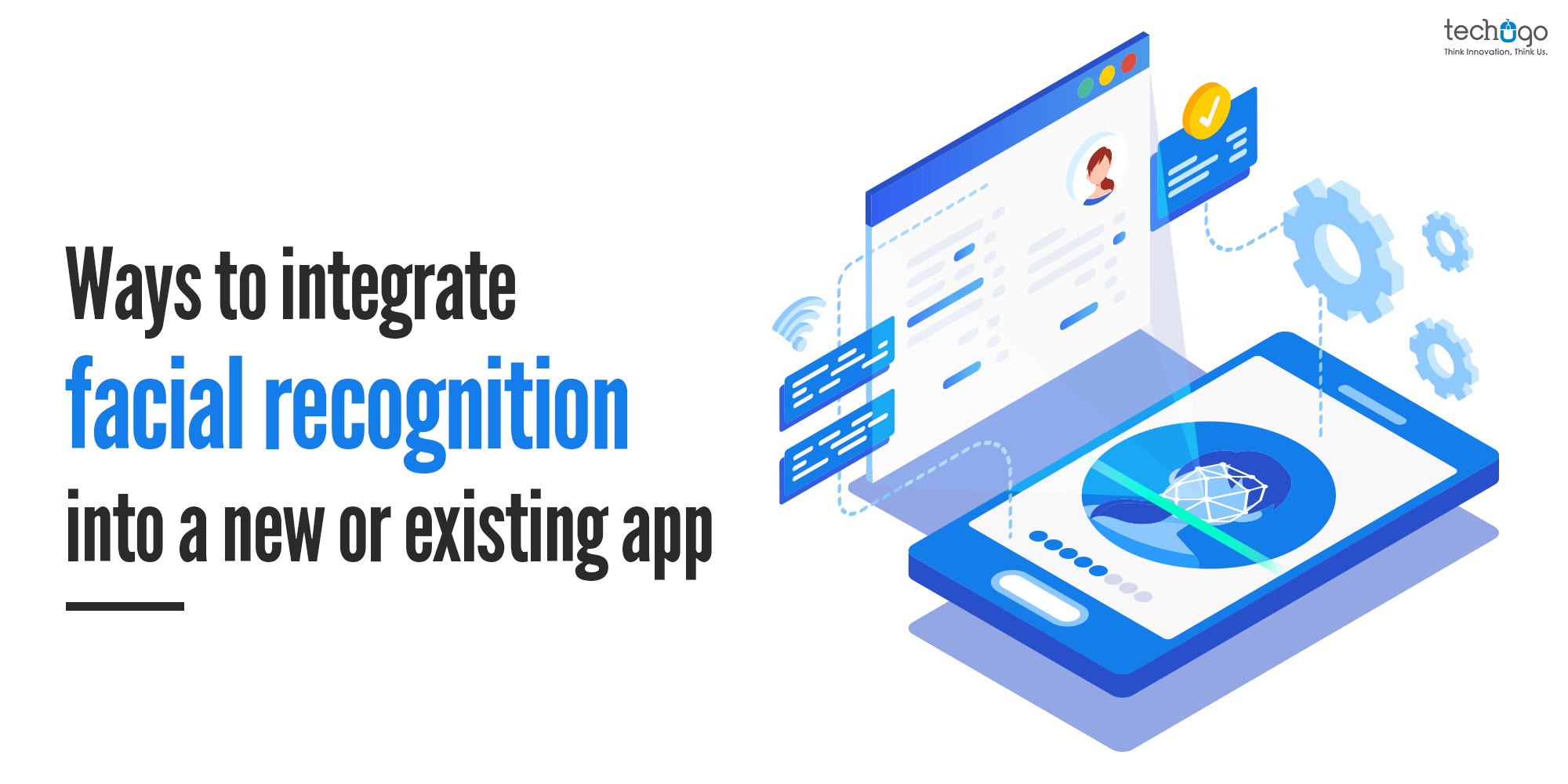Thinking to offer a hyper-personalized experience to your customers, but not getting the right method? How about investing your time and effort in the AI-powered channel to engage your customers?
You must be wondering why this post started with such questions, then you must know that to grab the most out of your business in the current competitive landscape every minute counts. And the pandemic hammer has already left our world economy injured, wherein social distancing has halted that in-person experiences. Hence stores and brands are looking for additional ways to bridge the gap and get customer attention.
Grab customer attention through technology
Customer attention is not that easy to attain as it sounds, and no wonders, but bigger brands are discovering new ways to seize it. Here, amid the technology storm, one specific tech piece has garnered attention, and that is AI-Artificial Intelligence.
Businesses worldwide are using artificial intelligence to help organize, improve, and streamline an exclusive customer experience journey.
In the league of AI, one of its branches Facial Recognition has given extra flavor to the customers, reducing the unnecessary clutter of security hassles.
Facial recognition technology identifies or verifies a face in an image or a video, restricting access to anyone. Here, deep learning algorithms utilize very large datasets of faces to train facial recognition systems to detect and identify new faces.
Benefits of integrating Facial Recognition in your business app
Hmm, a very valid question! As we all know a surge in the utilization of app technology is beyond imagination even. Here, the integration of facial recognition in applications is rising, as it gives an additional layer of security and safety while users stay engaged with your app.
The constant evolution in technology has led many businesses to embrace them in their business model, but the threat of data theft and other security hassle is always there. With the integration of this very technology, businesses get a secure way to authenticate online access without any data loss to hackers.
The mechanism behind facial recognition
To start with, you must know that there are different approaches to assess and identify identifying a human face, such as:
- 2D recognition
- 3D recognition
- Color or texture-based face search
- Face recognition in controlled background
- Face search by motion
- Thermal imaging
Now the biggest concern comes into existence; to identify the requirements to implement this technology, as you want to make it work as per the users’ smartphone functionalities. You require a device camera, server for data storage, algorithms for detection, comparison, and recognition algorithms, and trained neural networks.
To proceed with this technology further, you need to work along with the algorithm and trained neural network.
How does Facial Recognition work?
Once you have decided to proceed ahead with this very technology, a question that keeps on banging in your mind is that how this technology works. In simple words, you can consider it to work as a computer algorithm of facial recognition software, which is somehow like human visual recognition.
However, humans have a better storage system, where visual data gets stored in a brain and automatically recalls visual data once needed. As far as it is concerned with computers, then you need to request data from a database and further get matched with a human face.
So this technology works around a computerized system, where a camera, detects and identifies a human face, extracts facial features, such as distance between eyes, nose length, forehead shape, cheekbone, any spot or any other relevant feature. Further, the system takes extra effort to recognize the face and matches it to images stored in a database.
Deep Learning methods to conduct facial recognition
Well, deep learning is one of the most incredible methods to improve face recognition technology. It extracts face embeddings from images and identifies different faces so the optimal result can be gained. The mechanism that works behind this includes the steps:
#1- Detects the face
It detects the face, that can be in the form of an image or a video. Here you need to provide a clear image, as being callous here would impact the consequences negatively. On capturing the image, it gets cropped and sent to the back-end, where it further saved for the record to Detection Log with a personal ID.
#2- Instant face recognition through feature extraction
The back-end system utilized Drib to calculate the 128-dimensional descriptor vector of face features. On being calculated, further, it gets compared with multiple reference face images and finds the match.
#3- User intimation
Any unidentified person image is further sent to the admin via chatbots, for a quick update.
Finding it a bit too much for your understanding?
Thankfully, you don’t have to go through the annoyance of training or building your own neural network or algorithm. As Techugo team is here to provide an exceptional facial recognition tech-powered app solution for your business.
This post, hopefully, gave you the basic idea of how Facial Recognition will work and enhance your customer experience.
Now it’s time to start building!
Give us a call, and let us handle your trending app solution requirement.
Post Views: 3,348




 SA
SA
 KW
KW
 IE
IE AU
AU UAE
UAE UK
UK USA
USA
 CA
CA DE
DE
 QA
QA ZA
ZA
 BH
BH NL
NL
 MU
MU FR
FR

























